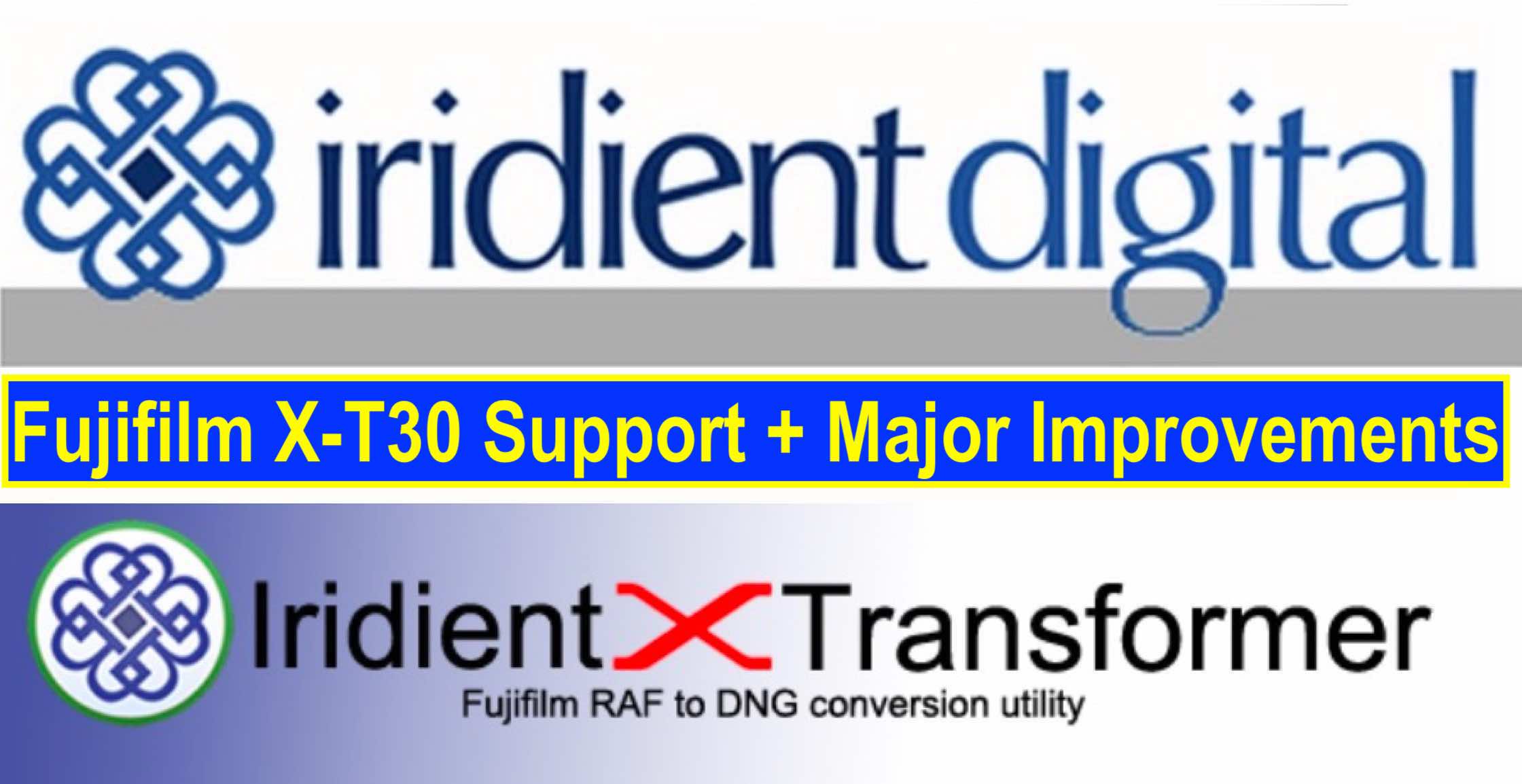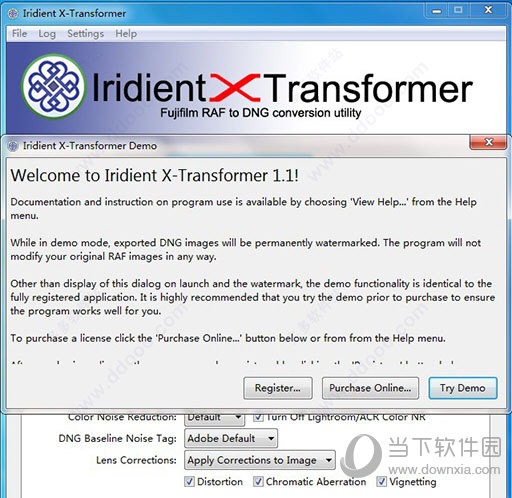

Right now, though I am wondering if the name change of DxO OpticsPro to DxO PhotoLab might be signalling grander intentions for DxO’s key software product.

Some time ago, the DxO people told me that they will never support X-Trans raw files due to their non-Bayer technology and would only ever support Bayer pattern sensors.

Photograph made with Fujifilm X-Pro2 with Fujinon XF 23mm f/1.4 R lens, raw file processed with Iridient X-Transformer, exported as a DNG, converted to a TIFF in Adobe Photoshop then further processed in DxO OpticsPro applying film simulation preset via DxO FilmPack as a plug-in within OpticsPro. The only downside to DxO buying Nik Collection is to do with the camera sensor types that all DxO software supports. Given Google’s neglect of the Nik Collection, recent versions including the current one under the DxO aegis fail to function as plug-ins within recent versions of Photoshop and no doubt Lightroom, causing weird error messages as seen in the header image on this page. It was refreshing to get back to using U Points in DxO PhotoLab as they have always been and remain my preferred selection and masking tool. I recall that Nik’s version of U Point seemed to have worked faster than DxO’s, which takes a little longer to display the tooltips that explain just what each icon represents but I am sure DxO will be ramping up its U Point display and operation speeds each new version. I quickly added DxO FilmPack and DxO ViewPoint, both of which work as plug-ins extending DxO OpticsPro and now DxO PhotoLab, as well as being standalone editors and plug-ins for image editing products like the long-discontinued Apple Aperture, Adobe Photoshop and Lightroom. DxO PhotoLab Elite’s big collection of excellent camera profiles are only accessible when processing raw files, not TIFFs or JPEGs.
Iridient x transformer. pro#
Photograph made with Panasonic DMC-GX8 camera with Olympus M.Zuiko Digital ED 12-40mm f/2.8 Pro lens, processed in DxO PhotoLab using the Leica M9 camera profile, with U Point applied to the dog’s face. DxO is on to a winnerĭxO PhotoLab was formerly named DxO OpticsPro, the Elite version of which I bought as my very first raw processor at the same time as a Canon EOS 5D Mark II, on the recommendation of a Danish photographer friend.
Iridient x transformer. trial#
Use U Point® technology to selectively edit just the parts of your photos that need touching up without losing time on complex masks and selections.Īs soon as I downloaded the PhotoLab trial version I put it to good use editing the monochrome image at the top of this page, relying heavily on DxO’s new iteration of U Points. I immediately bought a copy and found I could use it to bring to stunning life images shot under lighting circumstances too challenging for the image editing suites of the day to get the best out of with their then-current tool sets. I first came across U Point selection and masking at a photography trade show in Sydney at the Nik Software stand where Nik Collection component Viveza was being demonstrated.

The company has already made good use of one key complement of all applications within the Nik Collection, its U Point technology that is a more accurate, more sophisticated alternative to using brush tools for masking. Headline news at the moment is Google selling Google Nik Collection, which it acquired when buying Nik Software for access to their Snapseed mobile image editing app, to DxO with DxO continuing Google’s recent move to give Nik Collection away for free.ĭxO has stated that they will continue developing the Nik Collection though not how they will apply all the technology within it. Photograph made with Panasonic Lumix DMC-GX8 camera and Olympus M.Zuiko Digital ED 12-40mm f2.8 Pro lens, then processed in DxO PhotoLab with DxO FilmPack plug-in, making liberal use of PhotoLab’s Nik-like U-Point masking technology to select areas within the image for application of editing controls like exposures, contrast, micro contrast and so on. We live in interesting times for digital photography with some great cameras now on the market and an ever-growing, ever-evolving set of choices in image editing and raw processing software available to those with deep pockets as well as those with less so.


 0 kommentar(er)
0 kommentar(er)
